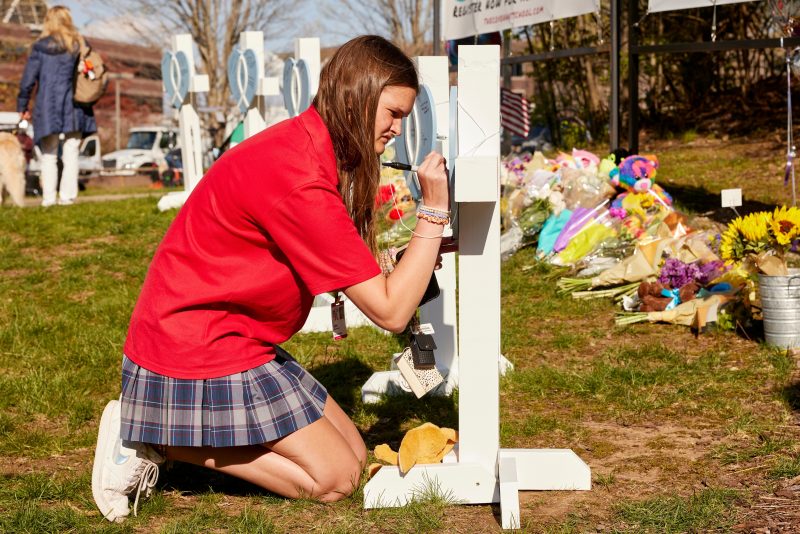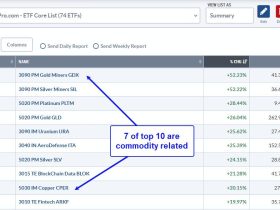It was about 29 hours after a shooter had killed three adults and three children at a Nashville elementary school that Sen. John Thune (R-S.D.) was asked whether some legislation might be warranted to curtail gun violence.
Thune began by extending his thoughts to the community and thanking law enforcement. Then:
“With respect to any discussion of legislation,” he said, “it’s premature. There’s an ongoing investigation, and we need to let the facts come out.”
CNN’s Manu Raju pressed him on it, noting that there had been more than 100 mass shootings so far this year.
“I think right now,” Thune replied, “it’s just premature to talk about it.”
This is a common deflection in the wake of a mass shooting: delay until emotions fade, and then do nothing. But a Washington Post analysis of mass shooting data from the Gun Violence Archive (GVA) exposes a significant flaw in Thune’s argument.
If 29 hours is too soon to talk about responding to a mass shooting, we will functionally never talk about mass shootings. After all, the average gap between mass-shooting incidents this year has been about 16.7 hours. Of the 123 incidents in 2023 for which a time could reasonably be ascertained, 101 occurred less than 29 hours after the preceding incident.
There is some uncertainty about this. The time at which a mass shooting occurs is often hard to ascertain, as is the case with many crimes. Terrifying incidents in a public place, yes. Isolated incidents at private residences, trickier.
We took the GVA’s index of shootings (using its definition of four or more people shot or killed in one incident) and checked news reports to identify either when the incident happened or when police were alerted — often soon after the incident occurred. In one case, a shooting in South Carolina that occurred in late January, no estimated time was available. (A call to the local sheriff’s office was not returned.) We also excluded two incidents included in the GVA data for which the only attribution was a social media post.
This was the result, an hour-by-hour look at mass shootings in the country this year. The left-hand column shows each incident as a small dot, to give a sense of how they have been spaced out. At right, the scale of each incident, the center of each circle corresponding to the time of day at which it occurred or was first reported to police. (The South Carolina incident above was placed at noon and is excluded from other analyses.)
A few incidents are indicated: a mass shooting at a home in Utah that left eight dead, the mass shooting in Monterey Park, Calif., and the incident in Nashville.
As you might expect, most of the incidents occurred at night. Eighty-nine of the incidents occurred between 6 p.m. and 6 a.m. Sixty-one occurred between 9 p.m. and 3 a.m.
The longest period between two mass shootings, using this methodology, was the 103 hours before the Monterey Park rampage. More than half of the 123 incidents included in this analysis occurred within 12 hours of the preceding incident; 34 of them occurred within three hours. Only 29 occurred more than 24 hours later. (Note that Wednesday is the 88th day of the year.)
This is the fundamental flaw in Thune’s argument — or, really, the central factor in his offering it. There are few respites in which Americans haven’t experienced a mass shooting recently. Again, only 22 of the 123 incidents in our analysis had gaps of at least 29 hours before another such incident occurred. If we assume that Thune’s standard for addressing the problem is a full two days without a mass shooting, that has happened only seven times this year.
But this is not the actual reason Thune wants to wait before considering legislation. He knows his party’s base doesn’t want legislation, so, once again, he and his colleagues are just waiting for attention to die down. Until, soon enough, it flares up again.








